Even in the most committed relationship, it is normal and healthy to occasionally wonder if it is the right fit. There is unfortunately no checklist or book of rules that ensures the perfect match so it is up to us to assess the relationship. Just because you have doubts doesn’t invalidate your commitment and love for your partner, but it’s important to honestly take into consideration those doubts. There is nothing wrong with wanting to consciously and intentionally ensure that your needs are being taken care of as the relationship progresses.
1) You maintain distinct identities and social lives outside the relationship
When you’re in a comfortable, happy relationship it’s easy and normal to get stuck in a love bubble, especially in the honeymoon phase at the beginning. Once that dissipates though, you should feel as though you have a distinct identity and live outside your partner if it’s a typical healthy relationship. Otherwise, you’ll start to veer into codependent territory which is not good.
2) You feel like you can communicate honestly and openly
Communication is the number one ingredient to a good relationship. If you feel like you have to hide parts of yourself or keep your feelings to yourself, that’s a sign that you should evaluate the relationship. It certainly doesn’t mean the relationship is automatically terrible, just that you might want to be intentional about nurturing the communication aspect.
3) Listen to your gut
The rose-colored glasses of being in love can often override a nagging feeling in your gut that something is off. Allow yourself to honestly weigh the pros and cons and listen to your intuition about the future of the relationship. This is important at any stage of a relationship but especially after you’ve been together awhile; people change over time so you might want to reassess if the things that attracted you initially are still there. A relationship worth your time will be able to withstand your analysis with flying colors.
It’s important to note that there will never be a one size fits all checklist for whether or not a relationship is “good.” Furthermore, beyond the quantifiable qualities, there are indescribable aspects that contribute to satisfaction as well. At the end of the day, the best you can do is trust your heart and listen to your gut; articles like this can be good guidelines, but should not be the final say on the future of your relationship. These are simply some green flags to look out for. If you are worried about whether or not your relationship is a good fit, consider working with a relationship therapist to talk through your concerns with a qualified professional.




































